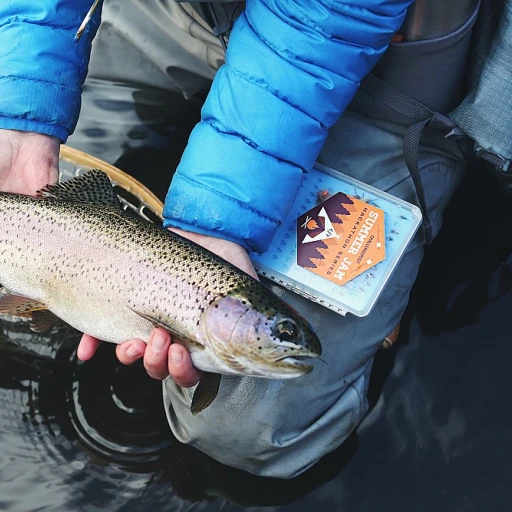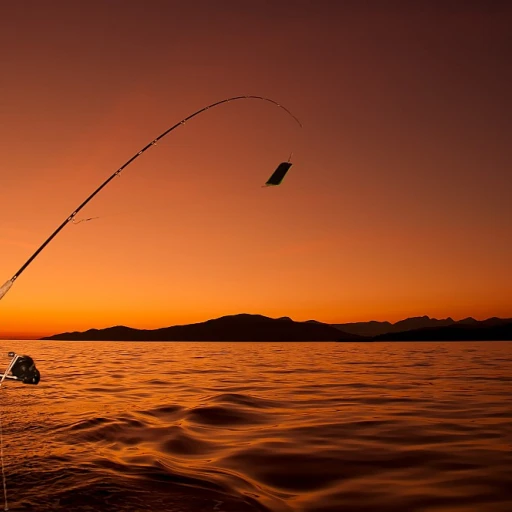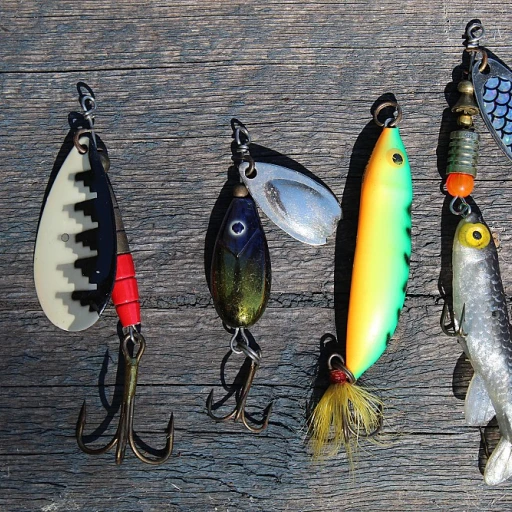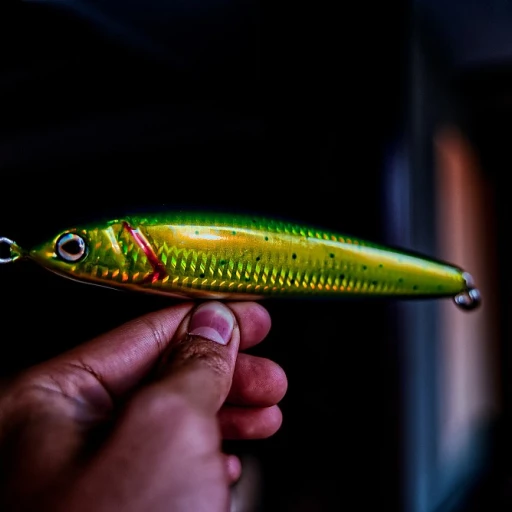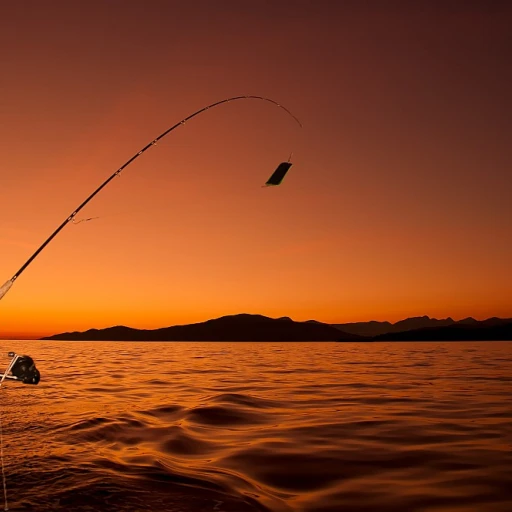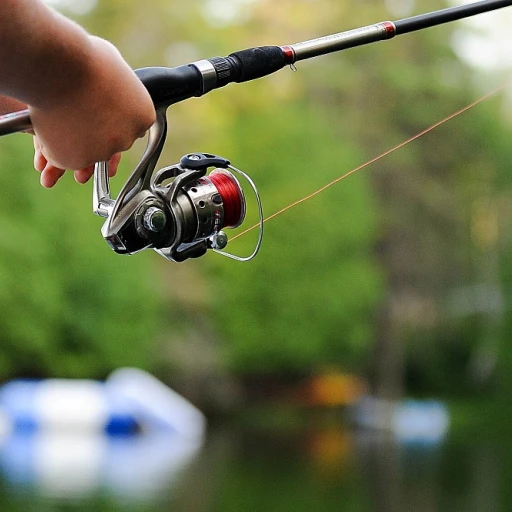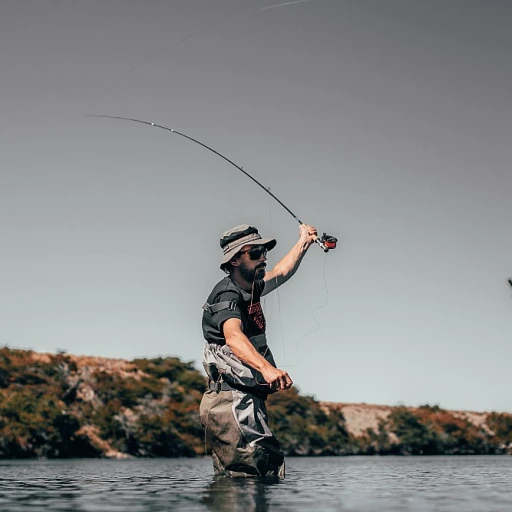
The Historical Significance of Native American Knives
Traditional Tools Rooted in History
Native American knives are more than just tools; they are steeped in history and cultural significance. For centuries, indigenous communities across North America have relied on these blades for their daily sustenance and survival. Crafted with precision and care, these knives were integral to hunting, preparing food, and crafting. The artistry involved in making these knives was often passed down through generations, showcasing a deep respect for this essential tool. The materials used in early Native American knives varied by region but typically included stone, bone, and antler. These materials were chosen for their availability and durability. A bone knife or an antler knife, for example, was not only functional but also symbolized a connection to nature and the animals that provided sustenance and tools. The handle of these traditional knives often featured intricate carvings and beading, reflecting the identity and tribal affiliation of their makers. The knife sheath, similarly adorned, was designed to protect the blade while allowing for quick access during hunts. In fact, the craftsmanship of an american handmade knife or an indian knife can be considered a form of art, celebrated in various cultural gatherings, such as a pow wow. For those interested in the historic and cultural depth of Native American knives, it's worth exploring further. Understanding these tools offers not only a glimpse into the past but also an appreciation for the ingenuity and resourcefulness of Native Americans. Like choosing authentic tribal artifacts, such as totem poles, selecting the right pieces requires knowledge and respect for their origin and meaning. For those interested in adding a piece of this rich history to their collection, it's essential to navigate the market with care. Discover more about the art of acquiring cultural pieces for your outdoor pursuits.Materials and Craftsmanship
Artistry in Material Selection
The craftsmanship of Native American fishing knives reflects a rich heritage of material utilization. These knives are typically recognized for their versatile use of materials, which results in a tool of both functionality and beauty. Core materials include bone, antler, and leather, each carefully selected for its properties and aesthetic qualities. A bone handle, for example, provides not only a sturdy grip but also a rustic appearance that speaks to traditional practices. The blade itself, often forged with precision, is crafted from durable metals that ensure longevity in various fishing conditions.
Traditional Craftsmanship Techniques
Each knife showcases the expert handcrafting skills of Native American artisans. The attention to detail is evident in the intricate designs that often characterize these knives, with beaded embellishments adding to their unique appeal. The antler handle is another signature feature, providing a comfortable grip while retaining the knife’s authentic look. Additionally, these knives may include a leather sheath, hand-stitched for durability and designed to protect the blade when not in use. Such artistic details are not merely for collectors but are practical additions to any fisherman's toolkit.
A Sustainable Approach
Native American knives also exemplify a commitment to sustainability, utilizing natural materials and traditional techniques that minimize environmental impact. This approach extends beyond functionality and aesthetics, addressing a broader respect for the land from which the resources are sourced. The integration of materials like bone and antler, often gathered from deer, underscores a resourceful use of available materials.
Considering these factors, it's evident why Native American fishing knives have maintained their appeal through centuries, offering a seamless blend of the traditional and the practical. For more insights into how these materials contribute to esteemed fishing practices, explore the historical significance of these materials in native fishing culture.
Designs and Features
Intricate Designs and Distinctive Features of Native American Knives
Exploring the design nuances of Native American knives unveils a combination of art and functionality. These handmade knives often feature antler and bone handles that not only add to their visual appeal but provide a sturdy and comfortable grip, essential for effective use. The balance in hand is crucial for a fishing knife, making each piece unique in its own right. The blades of these knives tend to be constructed from high-quality steel, offering longevity and resilience. A bone blade paired with an antler handle makes for a beautifully harmonious combination, capturing the essence of Native American craftsmanship. Many knives incorporate Indian beaded designs on the handles and sheaths, adding a personal and cultural touch. A typical feature that stands out is the sheathing. Native American knife sheaths are crafted with materials like leather, enhancing durability while providing a snug fit for the knife, safeguarding it when not in use. The artistry involved in leatherwork and beading work also adds an additional layer of cultural significance. When you explore different design elements, such as the pow wow patterns in the beadwork or the traditional motifs etched into the blades, it becomes easy to appreciate the detailed artwork involved. It's not merely about aesthetics; these features serve to maintain a grip and assist with utility in an efficient manner. For avid collectors and recreational fishermen alike, the quick view of such knives can be enticing. Some may seek these cultural artifacts for their historical and artistic value, while others might prioritize functionality for fishing expeditions. By adding one of these unique pieces to your collection, not only do you enrich your fishing gear, but you also embrace an enriching cultural legacy. Whether you are purchasing for practical use or as a collector's item, having a view native of what these knives represent is truly a rewarding experience. For more on enhancing your fishing experience, consider checking out this helpful resource on reliable dock cleats.Modern Adaptations and Uses
Contemporary Uses for Traditional Blades
The rich history and undeniable craftsmanship of Native American knives make them highly suited for modern applications in recreational fishing. While these knives were initially crafted for survival and utility, their versatility has found a place among various angling activities. Today's fishing enthusiasts appreciate the durability and effectiveness of these blades for activities such as cleaning and filleting fish. The combination of a bone blade or antler handle offers a unique blend of tradition and functionality, allowing the user to experience a piece of history in every cut. The cultural essence embedded in each knife doesn’t overshadow its practical applications. Native American knives often come sheathed in beaded leather, catering to both preservation and aesthetic pleasure. The design intricacies of an Indian knife sheath not only provide protection for the blade but ensure quick access, essential during fishing trips. The bone knife handle attracts attention not only as a heritage piece but also for its ergonomic advantages, allowing for an added grip. The nuances of each knife—from its American handmade quality to its antler handle—are purposefully crafted to enhance the angler's experience. With various American knives on sale, choosing a knife that aligns with personal preferences can significantly enhance the angling journey. Lastly, these knives serve as remarkable conversation pieces, showcasing a blend of artistry and utility. While they are functional tools, their historical roots and contemporary adaptations make them charismatic additions to any angler's collection.Choosing the Right Knife for Fishing
Guidance for Selecting Your Ideal Fishing Companion
In the world of recreational fishing, choosing the right native American knife can enhance your experience, but it's essential to consider several factors. Given the historical significance and the craftsmanship seen in materials like bone and antler, your choice should reflect both personal preference and functional requirements.- Material and Craftsmanship: Look for knives with a solid blade constructed from high-quality materials. Bone and antler handles offer a robust grip, often elaborately carved, adding both beauty and utility.
- Design and Features: Consider the designs common among American Indian artisans, such as beaded knife sheaths that not only protect the blade but also showcase artistic flair. A leather or beaded sheath provides reliability and a touch of cultural prestige.
- Practical Use: Evaluate your fishing knife for its specific purpose. A quick view of available tools shows that some are more suited for filleting, while others excel in multi-purpose roles thanks to native craftsmanship.
- Price and Budget: Balance between collectible value and functional utility. While some hand-crafted American knives may command higher prices, others provide excellent value, ideal for everyday fishing trips.
- Convenience: Whether it’s a pocket knife or one with an intricate antler handle, ensure it's practical for transportation and usage during your fishing adventures.
Caring for Your Native American Knife
Maintaining and Preserving Your Knife
Proper care and maintenance of your Native American fishing knife are essential for ensuring its longevity and performance on your fishing adventures. Here are key tips to help you preserve these remarkable blades:- Clean After Each Use: Always clean your knife after every fishing trip. Using warm water and mild soap, gently wash the blade and handle to remove dirt, fish residue, or saltwater, which could corrode it over time. Be sure to dry it thoroughly.
- Regular Sharpening: To maintain the cutting edge, regularly sharpen your knife. A sharp blade is more effective and safer to use. Consider using a sharpening stone or honing rod, given their precision for maintaining an optimal edge.
- Proper Storage: Store your knife in a sheath to protect both the blade and the handler. A well-maintained leather or beaded knife sheath offers both functionality and authenticity, aligning with the traditional craftsmanship of Native American tools.
- Preventing Rust and Corrosion: Apply a light coat of oil to the blade to prevent rust, especially if the knife has a high carbon steel blade. This minimal step can add years to the life of your knife.
- Handle Care: Whether the handle is made of bone, antler, or wood, ensure it remains in top condition by keeping it dry and occasionally treating it with suitable oils to avoid cracks or degradation.
- Regular Inspection: Frequently inspect your knife for any signs of damage, especially if the intricately crafted handle involves materials like antler or bone. Early detection of wear or faults allows for timely repairs.

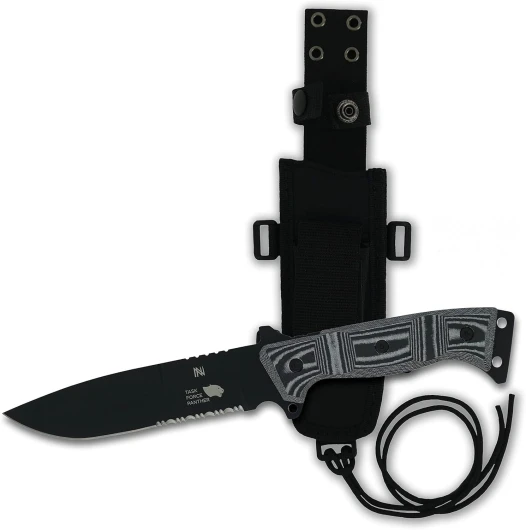
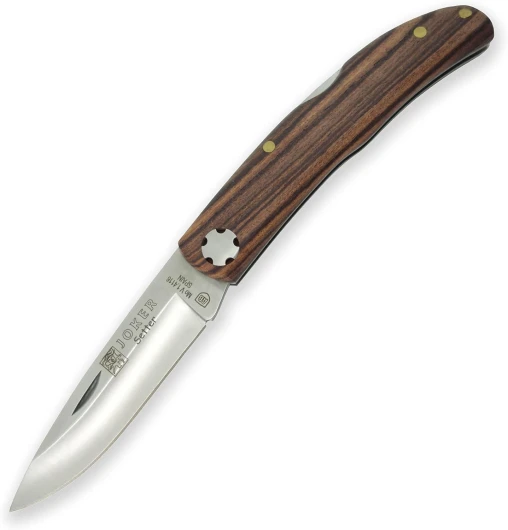
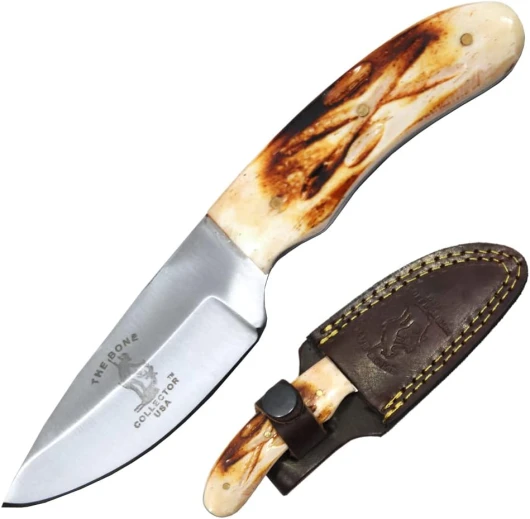
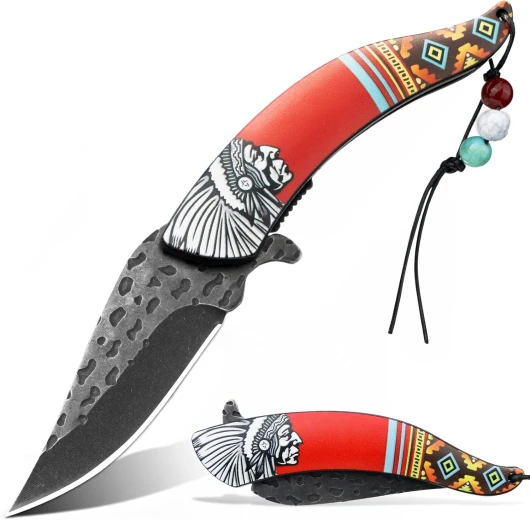

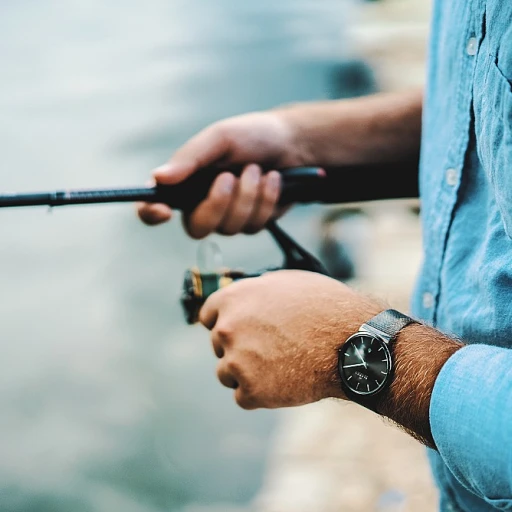
-large-teaser.webp)

